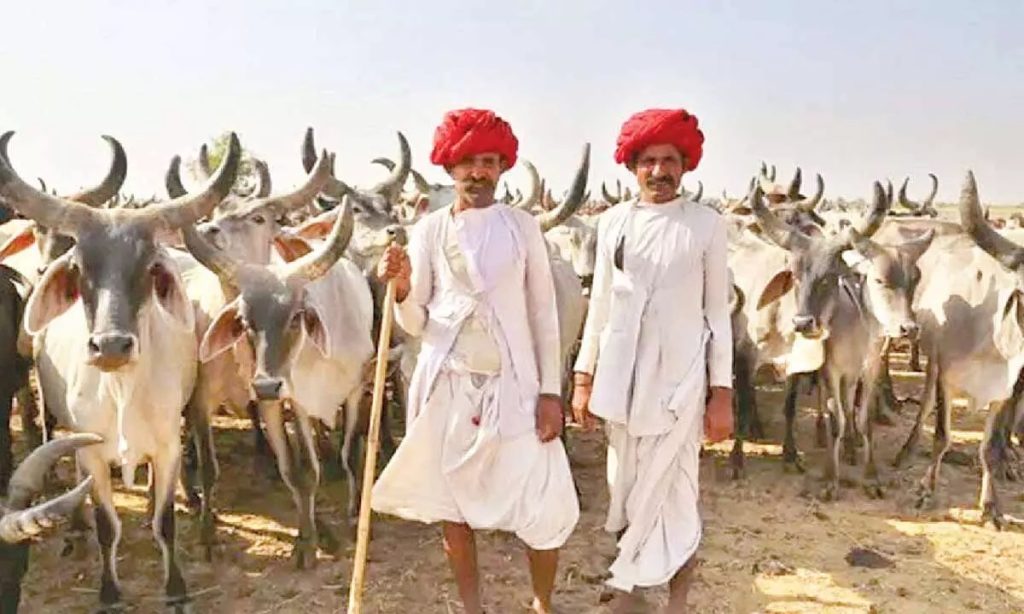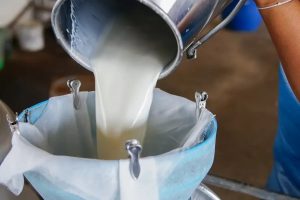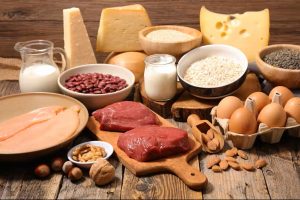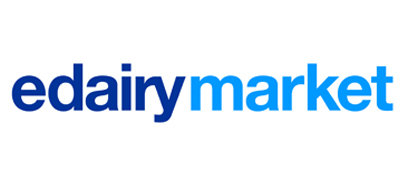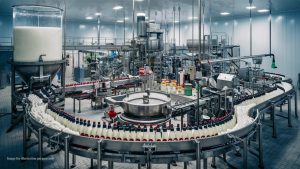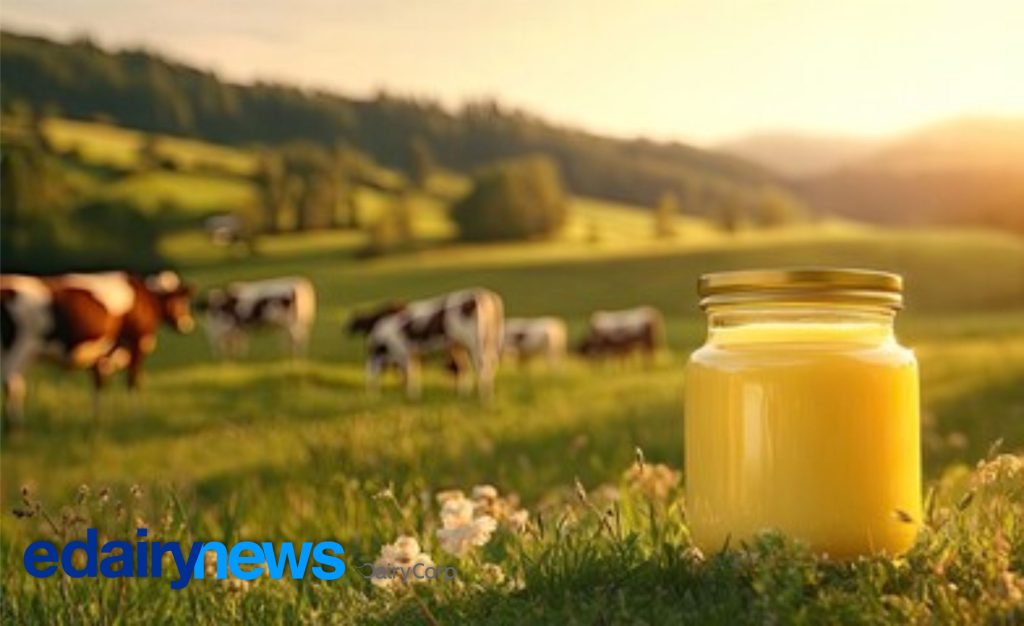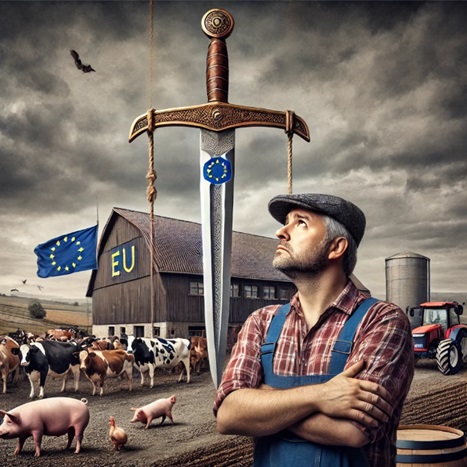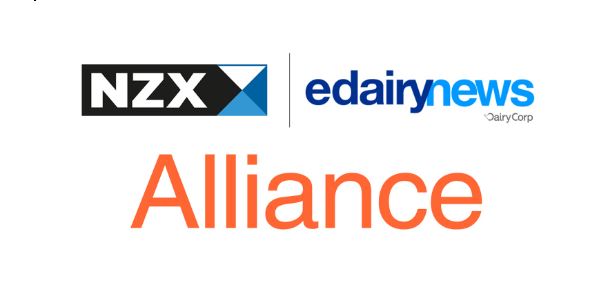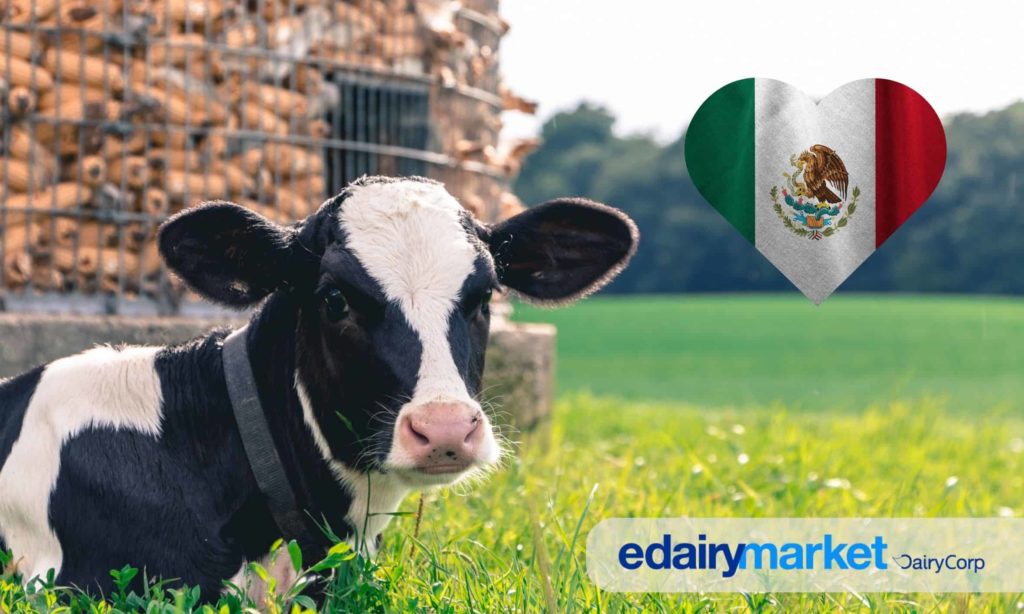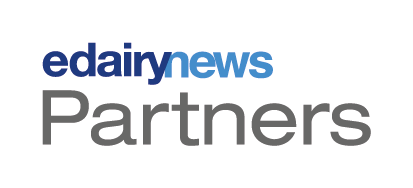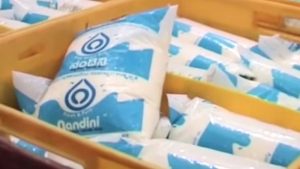
Cultural reverence and the protection of 80 million smallholder farmers are fueling Bharat’s resistance to US demands to open its dairy market.
Bharat’s refusal to open its dairy market to US products has ignited and intensified a major international trade dispute, directly affecting the $8 billion US dairy export sector. The core of this conflict lies not just in contemporary politics but in the profound cultural and economic value attributed to indigenous cow breeds. India’s stance is driven by the need to protect over 80 million smallholder farming households—many of whom rely on just two or three cows—who cannot compete with the heavily subsidized US agribusiness model.
The cow is fundamentally integral to the Bharatiya way of life, supporting rural livelihoods and accounting for a significant portion of the country’s GDP and rural employment. The successful Amul cooperative model ensures that these small farmers receive a fair share of consumer prices, which is notably higher than in Western economies, thus empowering rural communities, particularly women. Beyond economics, the cow holds a deep cultural and psychological significance, influencing everything from diets and festivals to policies that protect them from slaughter, roots that are inextricably linked to national identity.
A critical layer in this trade standoff is the unique, value-added proposition of indigenous cow breeds. These breeds produce A2 beta-casein milk protein, which is far easier to digest and less associated with gastrointestinal discomfort than the A1 protein found in foreign breeds like Jersey and Holstein Friesian. Furthermore, indigenous milk is rich in a bioactive composition—including 6 vitamins, 8 proteins, 25 minerals, and carotene—and is linked to improved human health outcomes, offering a qualitative advantage over imported dairy.
The US pressure to gain market access is met by India’s concerns over potential public health and safety risks, specifically the use of growth hormones and Genetically Modified Organisms (GMOs) in US dairy production, both of which are banned in India. The current market protection is vital to the small-scale nature of India’s dairy economy, which contributes nearly one-third of the world’s milk production. Historically, the protection of cows has been an issue central to national politics, with policies from Mughal ruler Akbar to Article 48 of the post-independence Constitution reflecting this delicate balance.
Finally, the economic potential of cow-based byproducts is gaining traction, further strengthening the argument for indigenous protection. Over 300 marketable products have been developed from Panchagavya (the five products of the cow: milk, dung, urine, ghee, and curd), with the economics of cow dung and urine even becoming competitive with milk—though the limited availability of indigenous breeds remains a key constraint. This focus on the full economic ecosystem of the cow reinforces the country’s resistance to foreign competition that lacks this cultural and functional value.
Source: Find the complete analysis of India’s dairy politics and economy at The Hans India.
You can now read the most important #news on #eDairyNews #Whatsapp channels!!!
🇮🇳 eDairy News ÍNDIA: https://whatsapp.com/channel/0029VaPidCcGpLHImBQk6x1F
